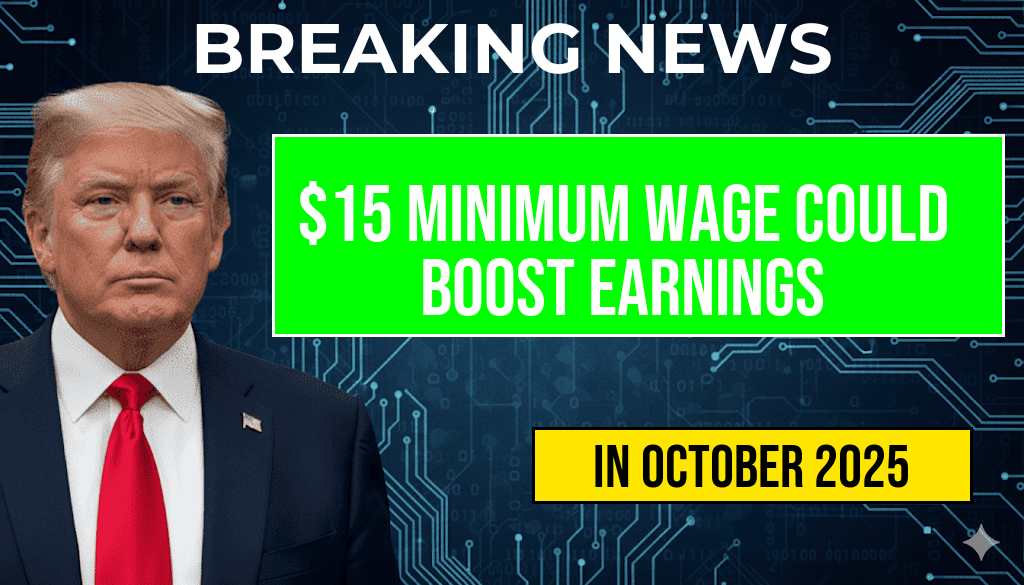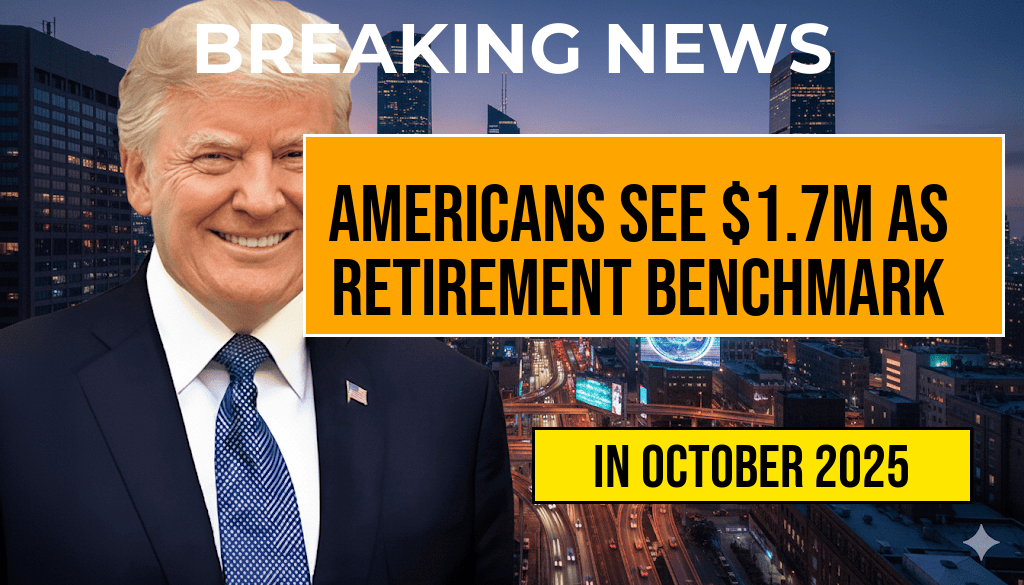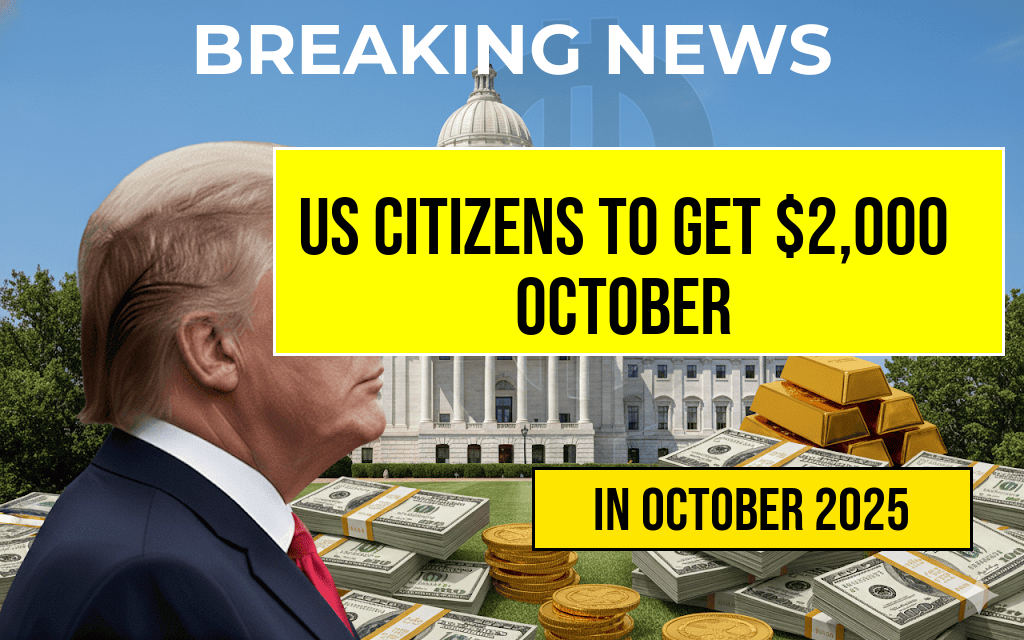A new analysis suggests that implementing a federal minimum wage of $15 per hour could significantly increase earnings for millions of American workers. The study estimates that approximately 32 million employees across the country could see an average annual income boost of around $3,300 if such a policy is enacted. This potential wage increase comes amid ongoing debates over living costs, income inequality, and the role of the federal government in setting wage standards. Advocates argue that raising the minimum wage would provide a vital income lift to low-wage earners, many of whom struggle with rising expenses related to housing, healthcare, and everyday necessities. Critics, however, caution about potential impacts on employment and small business viability. The findings add fresh momentum to discussions about economic policy reforms aimed at addressing income disparities in the United States.
Background on the Proposed $15 Minimum Wage
The push for a federal minimum wage of $15 has gained prominence over the past decade, driven by increased awareness of income inequality and the rising cost of living. Several states and cities have already adopted higher minimum wages, with some reaching or exceeding the $15 threshold. The federal government’s current minimum wage stands at $7.25, a rate established in 2009, which many argue has not kept pace with inflation or living costs. Supporters of a higher federal minimum emphasize that a wage of $15 would serve as a baseline to elevate the earnings of low-income workers nationwide, reducing reliance on government assistance programs and boosting overall economic stability.
Study Highlights the Income Impact
The recent study, conducted by an independent economic research firm, analyzed the potential effects of raising the federal minimum wage to $15 across various sectors. According to the findings, approximately 32 million workers could experience an annual earnings increase of about $3,300. This translates to an additional monthly income of roughly $275 for full-time workers, which could substantially ease financial pressures faced by many low-income households.
Key Data Points
| Number of Workers Affected | Estimated Average Annual Increase | Estimated Total Additional Earnings |
|---|---|---|
| 32 million | $3,300 | $105.6 billion |
This projection underscores the scale of potential economic benefits, with the total additional earnings surpassing $100 billion annually if implemented nationwide. The study emphasizes that the increase in income would help address disparities and support economic growth through enhanced consumer spending.
Economic Implications and Expert Opinions
Economists remain divided over the broader implications of raising the minimum wage to $15. Supporters argue that increased earnings lead to greater consumer spending, which can stimulate local economies and create a positive cycle of growth. They also highlight evidence suggesting that modest wage hikes do not necessarily result in significant job losses, especially when implemented gradually.
Conversely, critics warn that higher labor costs could prompt employers to cut jobs, reduce hours, or shift toward automation. Small business advocates in particular voice concerns about the financial strain on startups and local businesses operating with narrow profit margins. The Congressional Budget Office has previously examined similar proposals, indicating that while employment effects might be minimal for most workers, certain sectors could face challenges.
Broader Context and Policy Movements
Efforts to raise the minimum wage have gained bipartisan attention, with some states and municipalities implementing higher rates independently. The Biden administration has expressed support for increasing the federal minimum, framing it as a step toward economic justice and fairness. Legislation such as the Living Wage movement aligns with these goals, advocating for wages that reflect the true cost of living.
Potential Effects on Income Inequality
Income disparity remains a persistent issue in the United States, with low-wage workers often bearing the brunt of economic shifts. A move to a $15 federal minimum wage could narrow the income gap by providing a more substantial financial foundation for millions. According to the study, the wage boost would particularly benefit workers in hospitality, retail, and other service industries, which employ a significant portion of minimum wage earners.
Looking Ahead
While the debate continues, the data underscores the tangible benefits a federal minimum of $15 could bring to a sizable segment of the workforce. Policymakers, business leaders, and advocacy groups will likely scrutinize these findings as they consider the feasibility and timing of potential reforms. As discussions evolve, the hope remains that such measures could foster a more equitable economy where workers are compensated fairly for their contributions.
Frequently Asked Questions
What is the proposed increase in the federal minimum wage?
The proposed increase is to a fifteen-dollar minimum wage per hour.
How many workers could benefit from this wage increase?
Approximately thirty-two million workers could see benefits from this change.
What is the estimated annual earnings boost for workers earning the minimum wage?
The study estimates an increase of about three thousand three hundred dollars in annual earnings for these workers.
How might the wage increase impact workers’ financial well-being?
Boosting the minimum wage to fifteen dollars could significantly improve workers’ financial stability and living standards.
Does the study suggest economic benefits beyond individual earnings?
Yes, increasing the minimum wage may also lead to broader economic growth and reduced income inequality.





